A reading list on issues <br>of race
Harvard faculty recommend the writers and subjects that promote context and understanding

Kris Snibbe/Harvard Staff Photographer
The wave of anger in reaction to George Floyd’s killing has prompted an outpouring of interest on race and race relations across the U.S. Books on these subjects top The New York Times Best Sellers list and Barnes & Noble’s Bestsellers. Amazon’s best-selling book, “White Fragility: Why It’s So Hard for White People to Talk about Racism,” by Robin DiAngelo, has sold out.
The Gazette asked Harvard faculty members to discuss the books they recommend for those who want to learn more about the issues and to expand their understanding of systemic racism, white privilege, and the long legacies of slavery and white supremacy in American history.
“The Souls of Black Folk” (1903)
by W.E.B. Du Bois
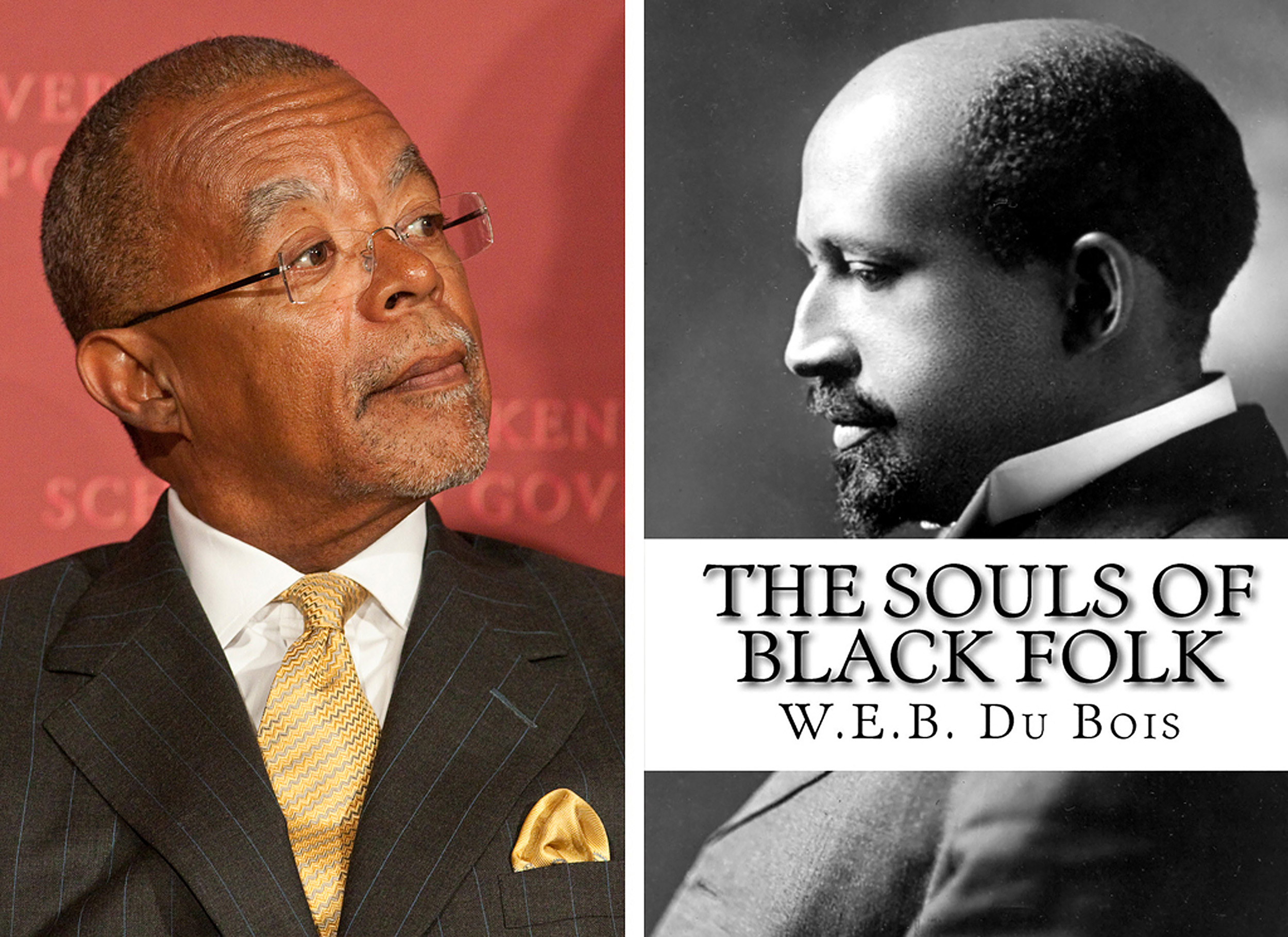
Kris Snibbe/Harvard file photo
No one did more to write the African American people into the textual universe of speaking subjects, as agents, than did William Edward Burghardt Du Bois in his canonical work of American literature. “The Souls of Black Folk,” the masterpiece in Du Bois’s considerable oeuvre, has deserved every bit of critical acclaim and explication it has received since its publication in 1903. Du Bois’ signal achievement was to employ two tropes that encapsulated both the history of a people freed from centuries of human bondage, finally, just 38 years before he published his book, railing at the beginning of a new century against the most diabolical attempts to deconstruct the transformations wrought by the 13th, 14th, and 15th Amendments and entrap African Americans once again as quasi-citizens stuck forever in the limbo of forms of neo-enslavement.
One was “The Veil,” behind which the social and spiritual life of a people-within-a-people unfolded in the fullest range of complexity of every other branch of human civilization. Another was “double consciousness,” a metaphor with a long history tracing back at least to Emerson, if not beyond, to which Du Bois most probably was introduced by his mentor, William James. Du Bois’s signifying riff on the concept was to insert a “hyphen” as, itself, the liminal space that simultaneously separated yet connected the African American’s dual identity, as “an American” and “as a Negro,” as he put it, “two warring ideals in one dark body.” And third, Du Bois was the first scholar, I believe, to posit as an equal member of the canon of the artifacts of classical world civilization a specific corpus of the African American sacred vernacular form, forged from within the crucible of slavery by the enslaved, composed by “black and unknown bards,” as the poet James Weldon Johnson so aptly put it, in a poetic diction that itself was an astonishingly compelling example of an Africanized refashioning of King James English. Ever the prose-poet himself, Du Bois, Black America’s Victorian sage, dubbed these “The Sorrow Songs,” America’s only truly original and genuinely sublime contributions, he boasted, to the greatest monuments of genius in the long history of civilization.
Du Bois, in other words, gave not only a rhetorical structure to the historical and dynamically unfolding multiple identity of this black nation within a nation, he found metaphors to name key aspects of their liminal cultural and social being. Above all else, he named, with seminal tropes of his own fashioning, the conflicting identities of being black and being American, tropes that would resonate down through the canonical texts in the African American tradition, from James Weldon Johnson’s “The Autobiography of an Ex-Coloured Man” and Jean Toomer’s “Cane,” through Ralph Ellison’s monumental novel “Invisible Man,” at mid-century, all the way to Toni Morrison’s “Beloved” and “Jazz,” two achievements alone justifying her receipt of the Nobel Prize in literature. Though the subject matter of “Souls” is rooted squarely in a fin-de-siecle discourse of the turn of the 20th century, Du Bois’ analysis, his metaphors, have traveled supremely well across time and through space, remaining desperately relevant today, especially today, as black people continue to confront a systemic, structural racism — a mutation inscribed between the spaces of our Republic’s Founding Documents — that affects them in ways even our most sympathetic allies across the color line can scarcely comprehend without considerable effort. Race relations in our wonderful country would measurably improve if all students were required to read this book.
— Henry Louis Gates Jr.
Alphonse Fletcher University Professor, Director, Hutchins Center for African & African American Research
“The Condemnation of Blackness: Race, Crime, and the Making of Modern Urban America” (2019)
by Khalil Gibran Muhammad

Kris Snibbe/Harvard file photo
Many books are relevant, but two are indispensable for understanding the broken relationship between police forces and urban communities, and public outrage over the killing of George Floyd and other African Americans. Khalil Gibran Muhammad’s “The Condemnation of Blackness: Race, Crime, and the Making of Modern Urban America” describes the creation following slavery of a racist ideology that framed African Americans as dangerous and likely criminals; that mindset animated laws, policies, and aggressive police practices that dehumanize, criminalize, incarcerate, and sometimes lead to the killing of disproportionate numbers of African Americans.
“From the War on Poverty to the War on Crime: The Making of Mass Incarceration in America” (2016) by Elizabeth Hinton
Elizabeth Hinton’s “From the War on Poverty to the War on Crime” explains the policy shift soon after passage of landmark Civil Rights legislation during the 1960s from social welfare to criminal justice as a framework for understanding enduring racial inequities, poverty, and unrest. That shift led to the militarization of police departments and the over-policing of urban communities — especially those filled with young, black men — and the destructive, and sometimes fatal, consequences that we see today. Each book provides vital context for understanding the police killings and the protests against them.
— Tomiko Brown-Nagin
Dean, Radcliffe Institute for Advanced Study
Daniel P.S. Paul Professor of Constitutional Law, Harvard Law School
Professor of History, Faculty of Arts and Sciences, Harvard University
“The Origin of Others” (2017)
by Toni Morrison

Kris Snibbe/Harvard file photo
On May 30, I finally sat down to Toni Morrison’s “The Origin of Others.” This beautiful little book draws on her Norton Lectures — lectures given at Harvard back in 2016. Why did I pick up the book, that recent day? I think I was trying to make sense of the Central Park Cooper story and the George Floyd story.
“What motivates the human tendency to construct Others? … Why does the presence of Others make us so afraid?” These are some of the questions the great Morrison reflected on in her lectures. In her signature ornate and deeply lyrical manner, she examines the persistence of racism, bigotry, and intolerance in a world where we still have to demonstrate that … black lives matter.
Somehow, I had never heard of the story of Isaac Woodard, a black veteran in uniform (he had served four years in the Pacific Theater — had been promoted to sergeant, had earned a Campaign Medal, a WWII Victory Medal, and the Good Conduct Medal) who’d been beaten, thrown in jail, and had his eyes gouged out. The police chief responsible for most of this violence, Linwood Shull, was acquitted of by an all-white jury. There were no iPhones documenting the abuses. But, in her lectures (in the beautiful little book) she brought this story to my attention. As we reflect on Christian Cooper’s “near miss,” George Floyd’s final eight minutes on this earth, and the many violent deaths of black men, women, and children since 1619, let us also take a harder, deeper look into ourselves, let’s ask the tough questions put forth by Toni Morrison.
“White Rage: The Unspoken Truth of Our Racial Divide” (2016) by Carol Anderson
There is another book that I think we all need to read and read again: Carol Anderson’s “White Rage.” It so plainly shows us that whenever African Americans started to make any strides (in education, voting, employment, home ownership), those gains were a threat to the status quo of inequality — those strides sparked incredibly intense and well-organized blowback — all of which leads me to appreciate just how insidious and persistent racial hatred is in the U.S. We have to get smarter, bystanders … we need your help, it is not enough to proclaim that you’re not racist, we need your help.
— Michelle Williams
Dean of the Faculty, Harvard T.H. Chan School of Public Health
Angelopoulos Professor in Public Health and International Development, Harvard T.H. Chan School of Public Health and Harvard Kennedy School
“Progressive Dystopia: Abolition, Antiblackness, and Schooling in San Francisco” (2019)
by Savannah Shange
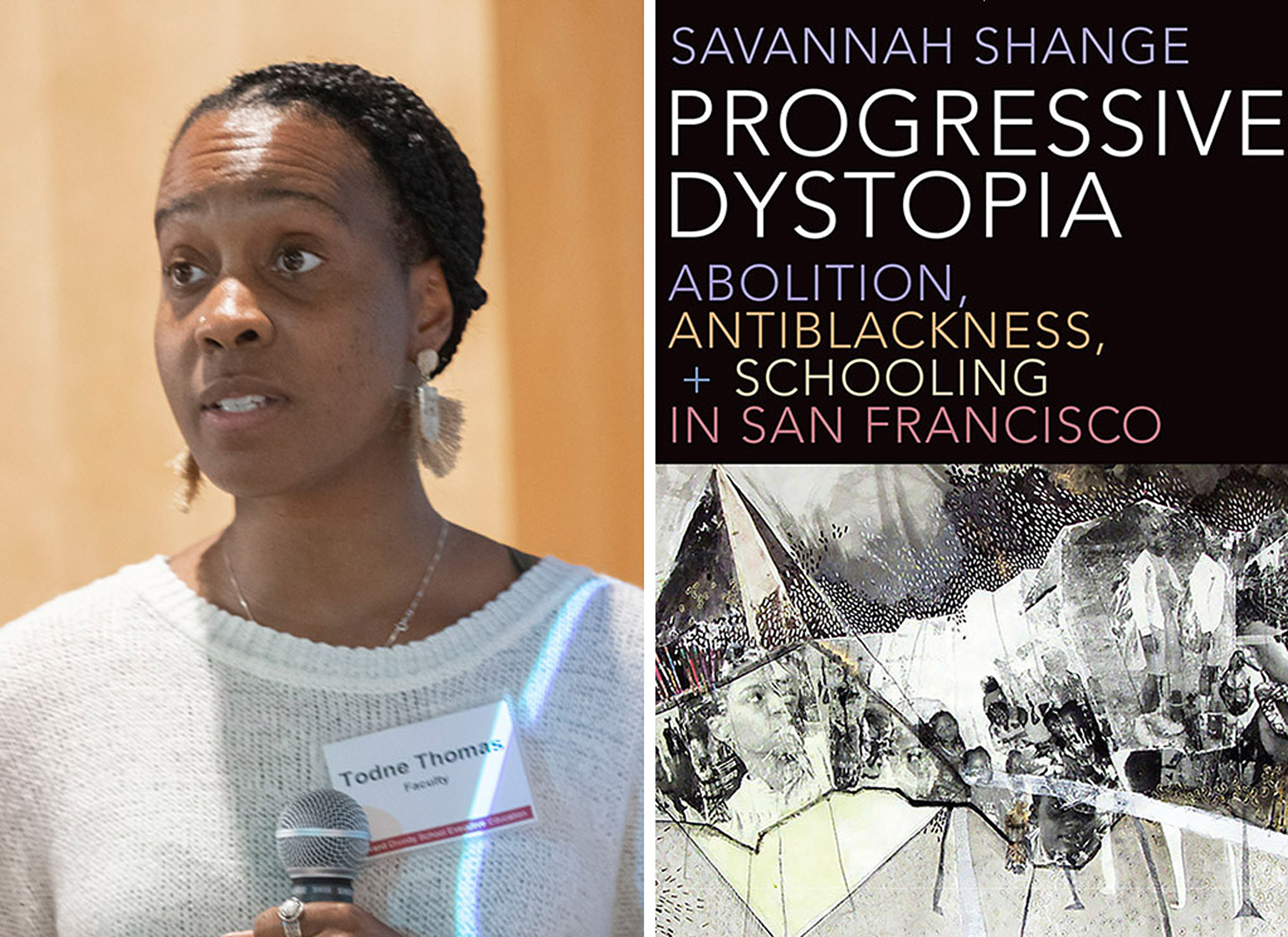
Kris Snibbe/Harvard file photo
Right now, I’m reading a book that I appreciate so much. Shange’s “Progressive Dystopia” is a great ethnographic study that brings together anti-blackness and critical race and ethnic studies theories. It explores race, abolition, criminalization, and policing in the context of education. The role of race scholars, or any scholar, is to point out that what might appear to be a photograph is really the tip of an iceberg, that there are actually deep-seated structural practices, contexts, histories that might not be visible to some, but that are still present in that moment.
“Progressive Dystopia” speaks to our time in a way that is so useful because it points to the body of the iceberg. Shange is not only an amazing storyteller, her work forces us to think about the carceral state beyond just prisons to show that also happens in school systems with black youth. It’s not just when black bodies walk down the street that these carceral exchanges happen; they also happen in something as mundane and everyday as our schools. This is not about just Breonna Taylor, George Floyd, or Tony McDade, but it’s about the carceral and policing that black people weather in many other institutional experiences before we even step out of our houses and walk down the pavement. It’s an accumulated set of experiences of being policed and criminalized because you’re black.
The book also discusses the abolition of the carceral state across our institutions, and how abolition can be a practice and a worldview espoused by some of the most dynamic activists of this time, including black teenagers who have an abolitionist ethos. Black youth are not just the objects of anti-black carcerality. They are dynamically well-suited to craft ideas that don’t just respond to liberal ideas of educational reform, but reimagine what education and our society can be. Abolition emerges as a generative and not just a deconstructive project. I deeply appreciate that Shange allows us as readers to be taught by them.
This revolution we’re seeing right now is being taken up all over the country, by black people, people of color comrades, white allies, anti-racists, and new dissidents who are protesting a certain kind of ethics. People are refuting police murders as well as other forms of state abandonment and disposals. “Progressive Dystopia,” which does an amazing job of showing how the carceral state that is so integrated into so many aspects of black life, helps us to better understand the substance of rage on display this moment. When people say they’re fed up, a single event can light a fuse, but the substance of the explosive, if you will, are these accumulated experiences of carcerality and what Wendy Brown calls sacrificial citizenship — experiences that have extended their reach into the lived social realities of African Americans and more and more groups in American society writ large.
— Todne Thomas
Assistant Professor of African American Religions, Harvard Divinity School
Suzanne Young Murray Assistant Professor, Radcliffe Institute for Advanced Study
“Strangers in Their Own Land: Anger and Mourning on the American Right” (2016)
by Arlie Hochschild
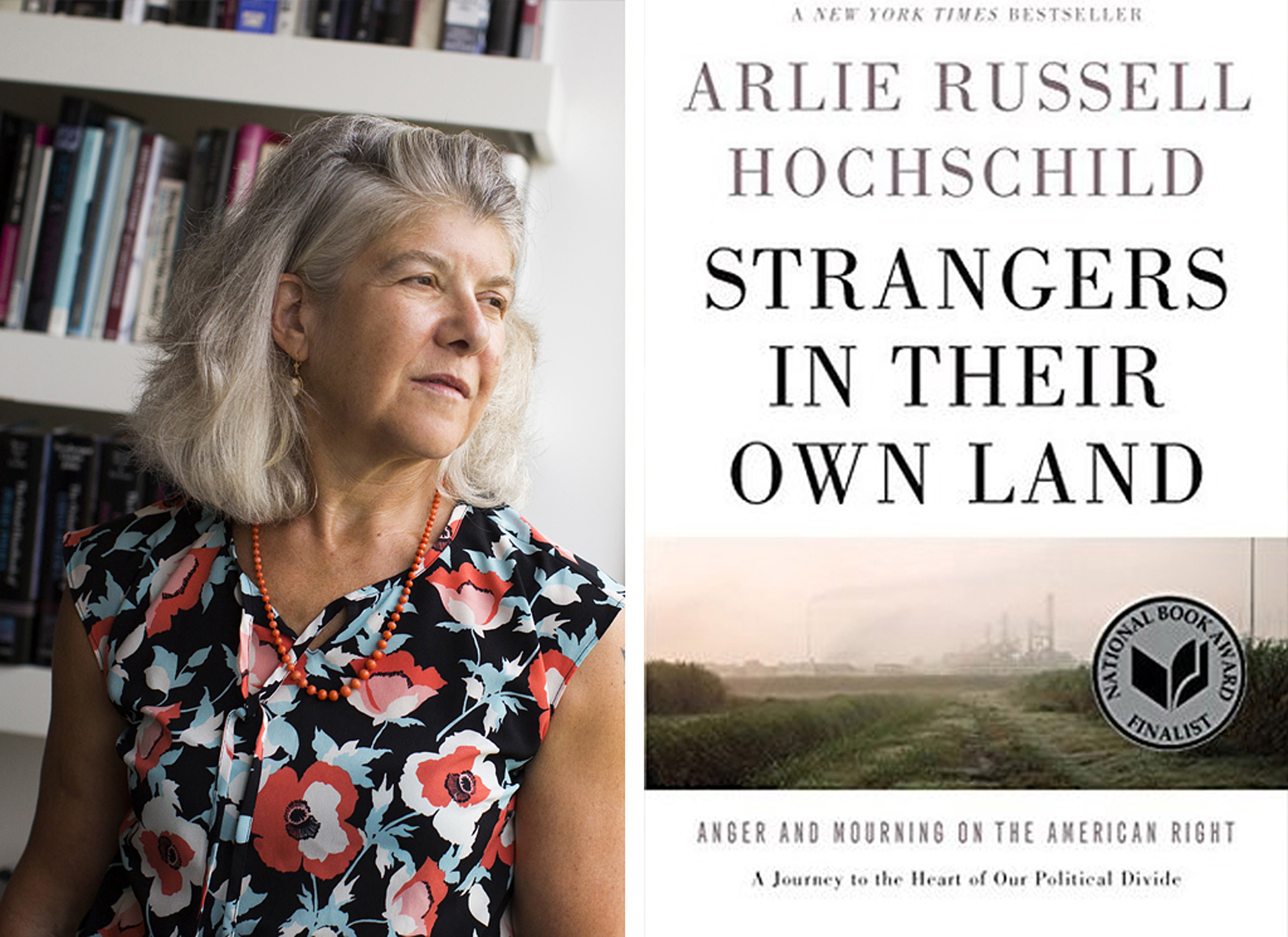
Stephanie Mitchell/Harvard file photo
A genuine effort to understand the viewpoints of decent, sane, often thoughtful supporters of the Tea Party and Trump — the people I don’t know very well outside of newspaper stories. Many students in my “Race in a Polarized America” course this spring voted it the best reading of the semester.
“Hearing the Other Side: Deliberative versus Participatory Democracy” (2006) by Diana Mutz
Mutz’s “Hearing the Other Side” is a careful political science analysis of a basic political conundrum: We seem to be able to have either deeply committed political or social activists, or thoughtful, deliberative discussions among people who disagree with each other — but not both. How can a democracy thrive in that sort of situation, and how might we alleviate it (if we should)?
— Jennifer Hochschild
Henry LaBarre Jayne Professor of Government at Harvard University
Professor of African and African American Studies
Harvard College Professor
City of Inmates: Conquest, Rebellion, and the Rise of Human Caging in Los Angeles, 1771‒1965” (2017)
by Kelly Lytle Hernández
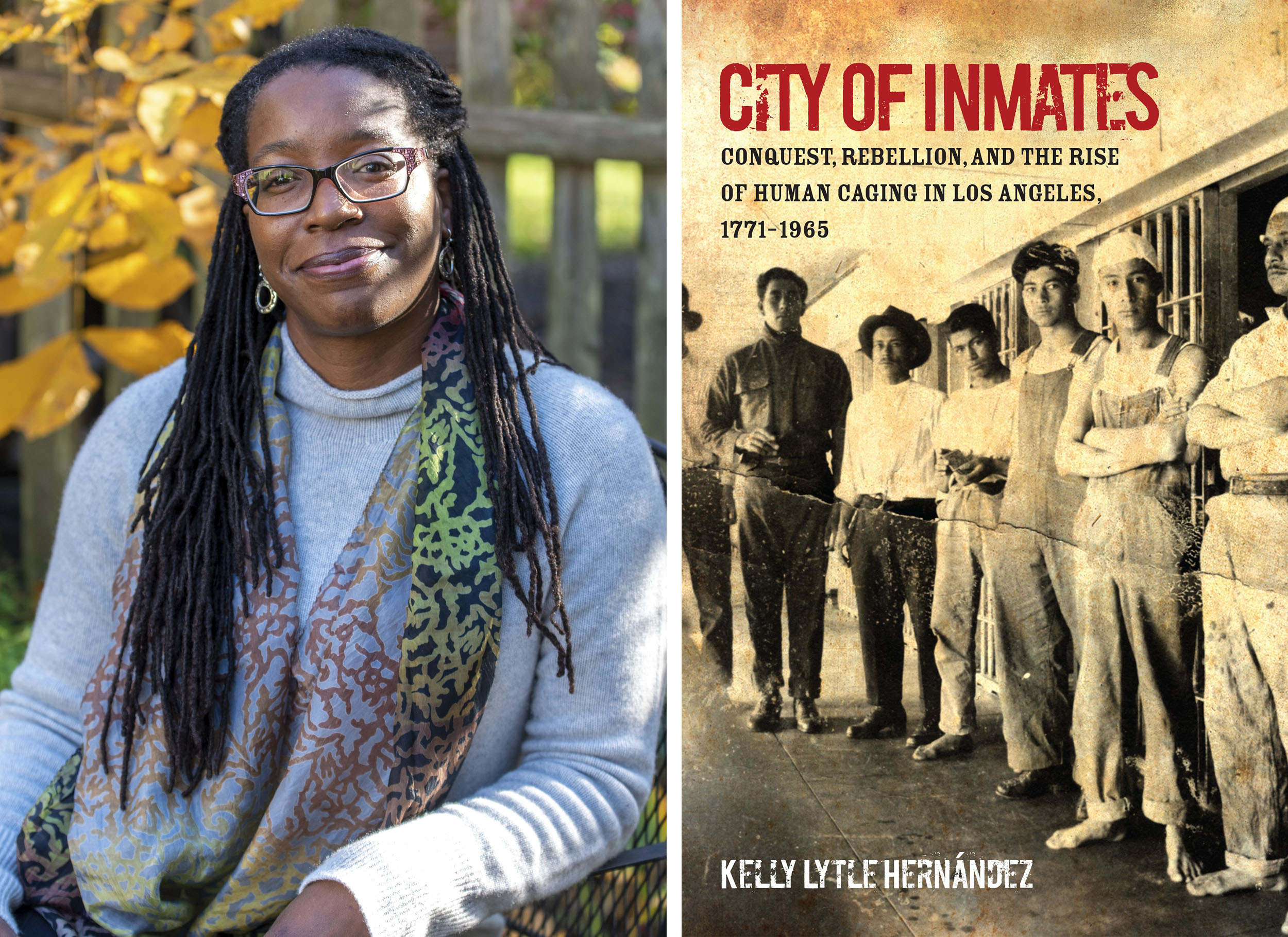
Photo by Ilene Perlman
In her trenchant and arresting book, “City of Inmates,” UCLA historian Kelly Lytle Hernández reveals the roots of mass incarceration in Los Angeles, the largest urban site of human confinement in the nation. By tracing practices of policing and jailing across discrete historical moments narrated as six stories, she demonstrates that Ronald Reagan’s War on Crime in the 1980s greatly expanded — but did not create — the phenomenon of racially targeted incarceration. Noting that African Americans and Native Americans today face the highest rates of death at the hands of police and the highest rates of confinement across the nation, Hernández digs to uncover why. She relies on what she calls a “rebel archive” comprised of songs, coded letters, political notices, maps, and more created by those who challenged forced labor, violent policing, and the targeting of marginalized groups.
Hernández begins her study in the colonial period, revealing how Spanish elites founded the city of Los Angeles in 1781 and immediately built a jail in the indigenous territory of the Tongva-Gabrielino tribe. Those who would fill the jail were not Spanish newcomers or their descendants, but rather indigenous people whose everyday actions (such as mobility on the landscape) were increasingly criminalized. In America in the 19th century, Hernández reveals that city officials targeted nonconformist white men defined as “vagrants” and “hobos” for intense policing and jailing, forcing them into a convict labor system that built the city’s early infrastructure. Hernández then covers the rising confinement of Mexican Americans after the U.S. war with Mexico and the definition of immigration as a crime to be managed by detention. She pursues her question through the 1960s, showing that as greater numbers of African Americans migrated westward in the 20th century, they became the next targets of aggressive policing. Following the killing of an unarmed young black man by LAPD officers in 1927, the black community in LA began a long tradition of protesting police brutality. The failure of the city to change its policing practices boiled over into the Watts Rebellion of 1965.
Hernández asserts that a powerful yet unexpected through line connects these varied stories of policing and incarceration across the sweep of nearly two centuries: the need for a dominant settler colonial population to “eliminate” or, alternatively, to control indigenous, racialized, and unorthodox groups in order to secure land as well as access to cheap labor. With a micro focus on one of the country’s most racially diverse and highly carceral cities, Hernández argues that American policing and jailing stem from an agenda of territorial conquest and the sequestering and exploitation of groups relegated to the margins of society.
— Tiya Miles
Professor of History, Harvard University
Radcliffe Alumnae Professor, Radcliffe Institute for Advanced Study
“Race, Reform, and Rebellion: The Second Reconstruction and Beyond in Black America, 1945‒2006,” (Third Edition 2007)
by Manning Marable

Kris Snibbe/Harvard file photo
Beginning with the legacy of post-Civil War Reconstruction amendments, Marable offers an inspiring, sweeping, and detailed history of African American social protest movements. He is ever mindful of ideological diversity among black Americans even as he highlights the strong bonds of solidarity that have sustained us. He draws lessons from the successes and failures of these movements, lessons that, I believe, could be useful in this moment of reckoning and insurgency. As he says in the preface, “Any oppressed people who abandon the knowledge of their own protest history, or who fail to analyze its lessons, will only perpetuate their domination by others.” These lessons concern not only political strategy and tactics but also fundamental moral ideals and the ethics of resistance. The book is a work of social and political theory rooted in deep historical analysis, and offers a powerful vision of a multiracial democracy. Ultimately, Marable calls for, and hopes for, a “third reconstruction” to bring about genuine political empowerment and economic justice for black Americans.
— Tommie Shelby
Caldwell Titcomb Professor of African and African American Studies and of Philosophy, Harvard University
“Racism: A Short History” (2015, original ed. 2002)
by George Fredrickson

Jon Chase/Harvard file photo
Unfortunately, there is nothing exceptional about the brutal execution of George Floyd. In the Americas, I have been saying repeatedly in the last few days, the country where the largest number of people of African descent die at the hands of the police is not the U.S.: It is Brazil. What informs these episodes of racialized violence, the criminalization of people of African descent, across national boundaries? How do we make sense of the enduring power of white supremacist ideologies and practices? Why do we classify people to begin with? Those trying to understand how certain bodies of Western knowledge sustain these practices, how they anchor contemporary understandings of human difference according to race, will find initial answers in this volume.
— Alejandro de la Fuente
Robert Woods Bliss Professor of Latin American History and Economics, Professor of African and African American Studies and of History, Harvard University
Director, Afro-Latin American Research Institute, Hutchins Center for African and African American Research
“When Police Kill” (2017)
by Franklin E. Zimring
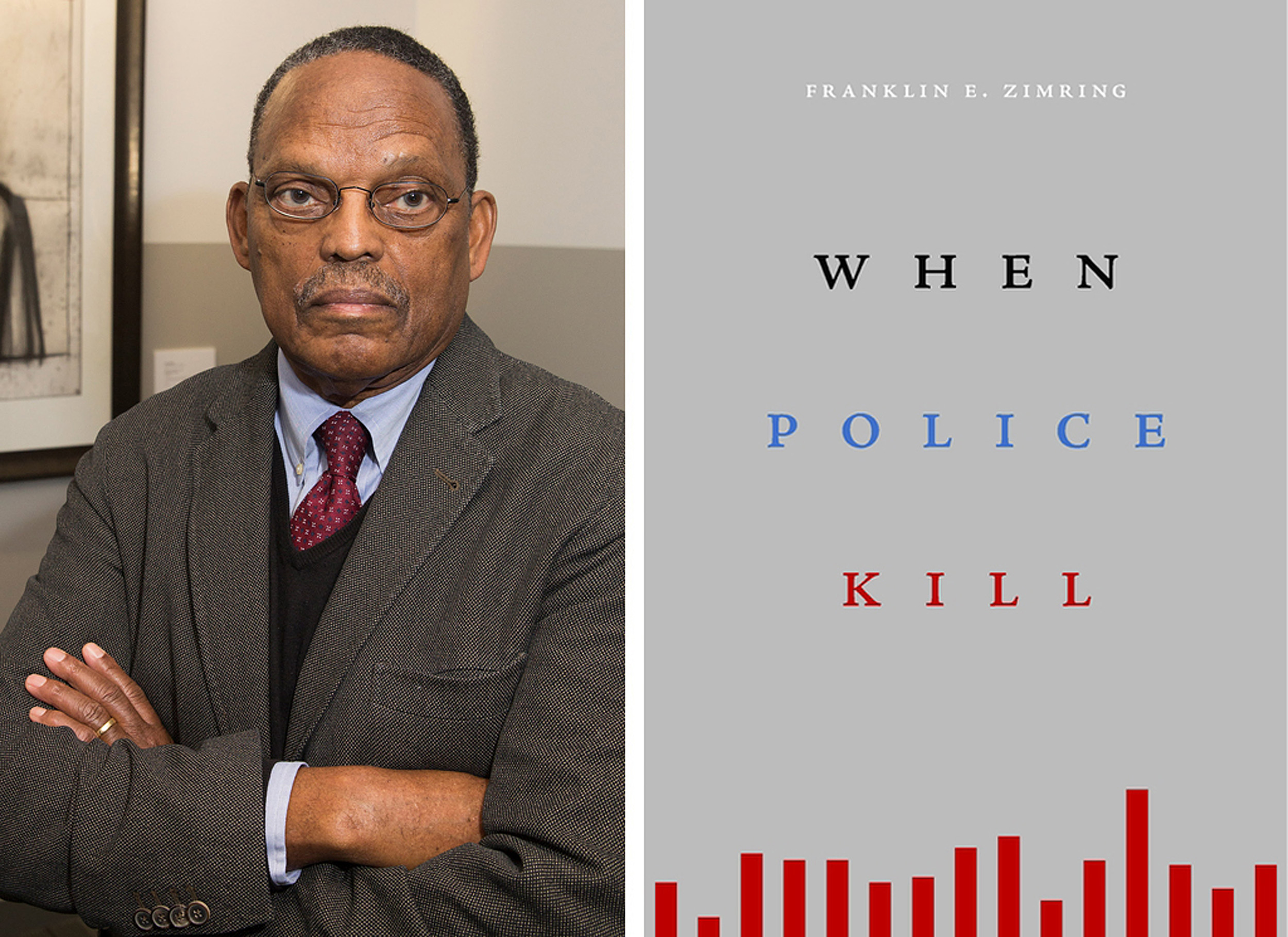
Jon Chase/Harvard file photo
Zimring’s “When Police Kill” is a groundbreaking, fact-based analysis, including trends over time, of the high use of deadly force by police in the U.S., including lethal force against African Americans and Native Americans. Zimring’s comprehensive study also includes an interesting comparative analysis of why police killings are so much more numerous in the U.S. than in other modern nations. Finally, he discusses how to address this problem systematically by detailing clear policy prescriptions for federal, state, and local governments.
— William Julius Wilson
Lewis P. and Linda L. Geyser University Professor Emeritus
Department of Sociology, Harvard University
“Policing the Black Man: Arrest, Prosecution and Imprisonment” (2018)
by Angela Davis

Stephanie Mitchell/Harvard file photo
“Policing the Black Man” is an excellent resource because it addresses from a variety of perspectives — historical, sociological, legalistic — a gamut of issues that are currently at the forefront of public attention. It addresses, for instance, why is blackness is so closely associated with criminality in the American mind? Why has identifying, much less uprooting, invidious racial discrimination by police, prosecutors, jurors, and judges proven to be so difficult? Hauntingly, in light of the impending trials of police associated with the killing of George Floyd, “Policing the Black Man” offers sobering instruction regarding ongoing challenges in bringing to account even flagrant, violent, illicit abuse by law enforcement officers.
— Randall Kennedy
Michael R. Klein Professor of Law, Harvard Law School




